Tina Strobos, 1920–2012
The woman who saved dozens of Jews in WWII
One of Tina Strobos’s lasting regrets was that she wasn’t able to save Anne Frank. The house in occupied Amsterdam that concealed Frank and her family until they were betrayed to the Germans in 1944 was just blocks from where Strobos hid more than 100 Jews over the course of the war. “If I knew they were there,” she said of the teenage diarist’s family, “I would have gotten them out of the country.”
Strobos was born Tineke Buchter in Amsterdam, said The Washington Post, and studied medicine until war broke out in 1940. She soon began helping the underground resistance obtain guns, explosives, and radios, “hiding them in her bicycle basket” over 50-mile journeys. She and her mother turned their three-story town house into a “stop on the underground railroad,” handing out food, medical care, and forged passports to refugees.
One day a Dutch carpenter turned up at their door, said The New York Times, and built a secret compartment in the house’s attic. “A changing cast of Jews, communists, and other endangered individuals” passed through the hidden room over the following years. The Gestapo searched the house repeatedly, interrogating Strobos nine times. But her fluency in German and her “cool, ingenuous pose” convinced them that she had nothing to hide.
The Week
Escape your echo chamber. Get the facts behind the news, plus analysis from multiple perspectives.

Sign up for The Week's Free Newsletters
From our morning news briefing to a weekly Good News Newsletter, get the best of The Week delivered directly to your inbox.
From our morning news briefing to a weekly Good News Newsletter, get the best of The Week delivered directly to your inbox.
Strobos immigrated to America after the war and settled in Westchester, N.Y., where she worked as a psychiatrist, said the Westchester Journal News. She never regretted her risky wartime exploits. “Your conscience tells you to do it,” she said. “I believe in heroism, and when you’re young you want to do dangerous things.”
A free daily email with the biggest news stories of the day – and the best features from TheWeek.com
-
 Homes with great fireplaces
Homes with great fireplacesFeature Featuring a suspended fireplace in Washington and two-sided Parisian fireplace in Florida
-
 Is $140,000 the real poverty line?
Is $140,000 the real poverty line?Feature Financial hardship is wearing Americans down, and the break-even point for many families keeps rising
-
 Film reviews: ‘The Secret Agent’ and ‘Zootopia 2’
Film reviews: ‘The Secret Agent’ and ‘Zootopia 2’Feature A Brazilian man living in a brutal era seeks answers and survival and Judy and Nick fight again for animal justice
-
 R&B singer D’Angelo
R&B singer D’AngeloFeature A reclusive visionary who transformed the genre
-
 Kiss guitarist Ace Frehley
Kiss guitarist Ace FrehleyFeature The rocker who shot fireworks from his guitar
-
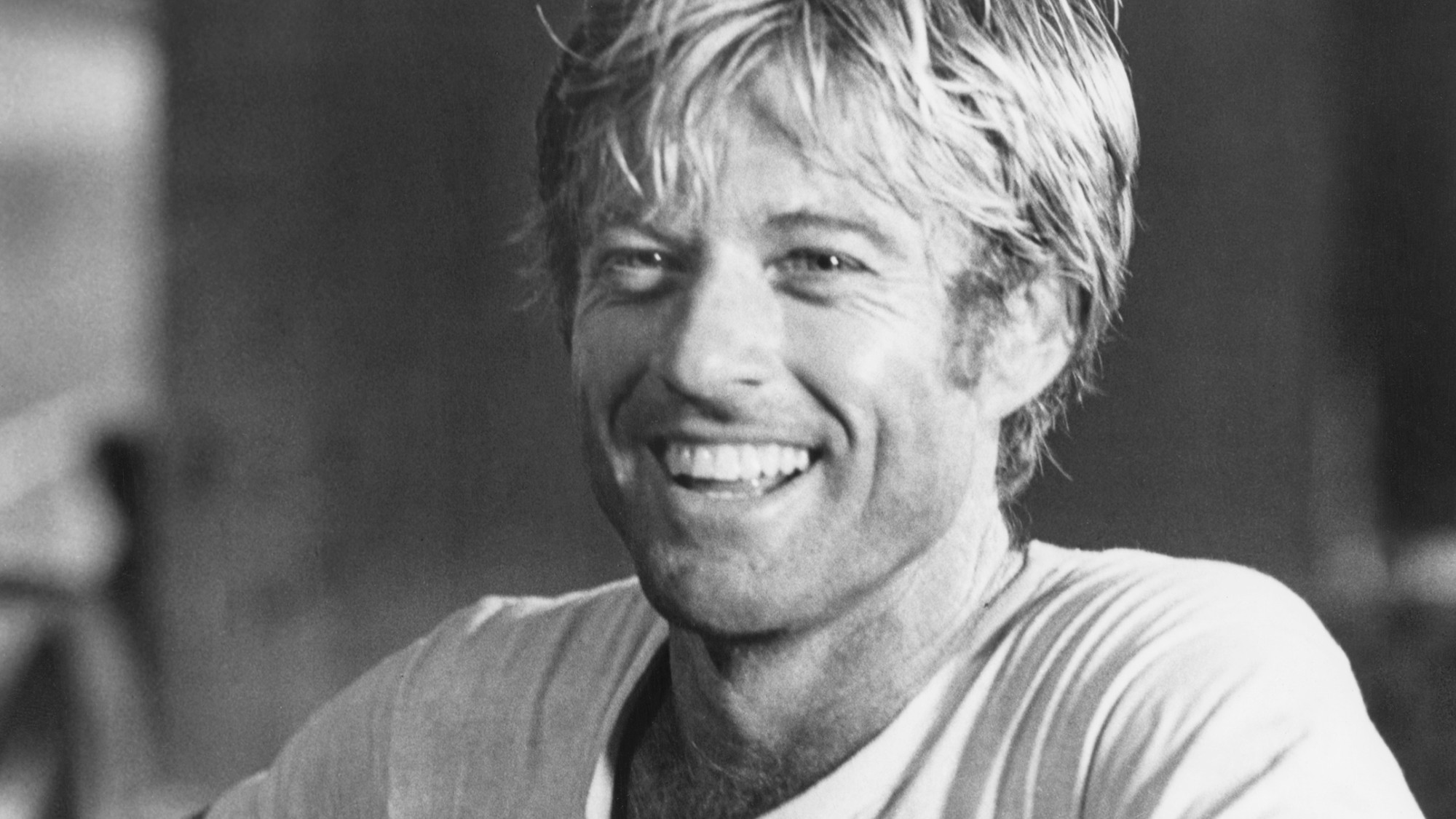 Robert Redford: the Hollywood icon who founded the Sundance Film Festival
Robert Redford: the Hollywood icon who founded the Sundance Film FestivalFeature Redford’s most lasting influence may have been as the man who ‘invigorated American independent cinema’ through Sundance
-
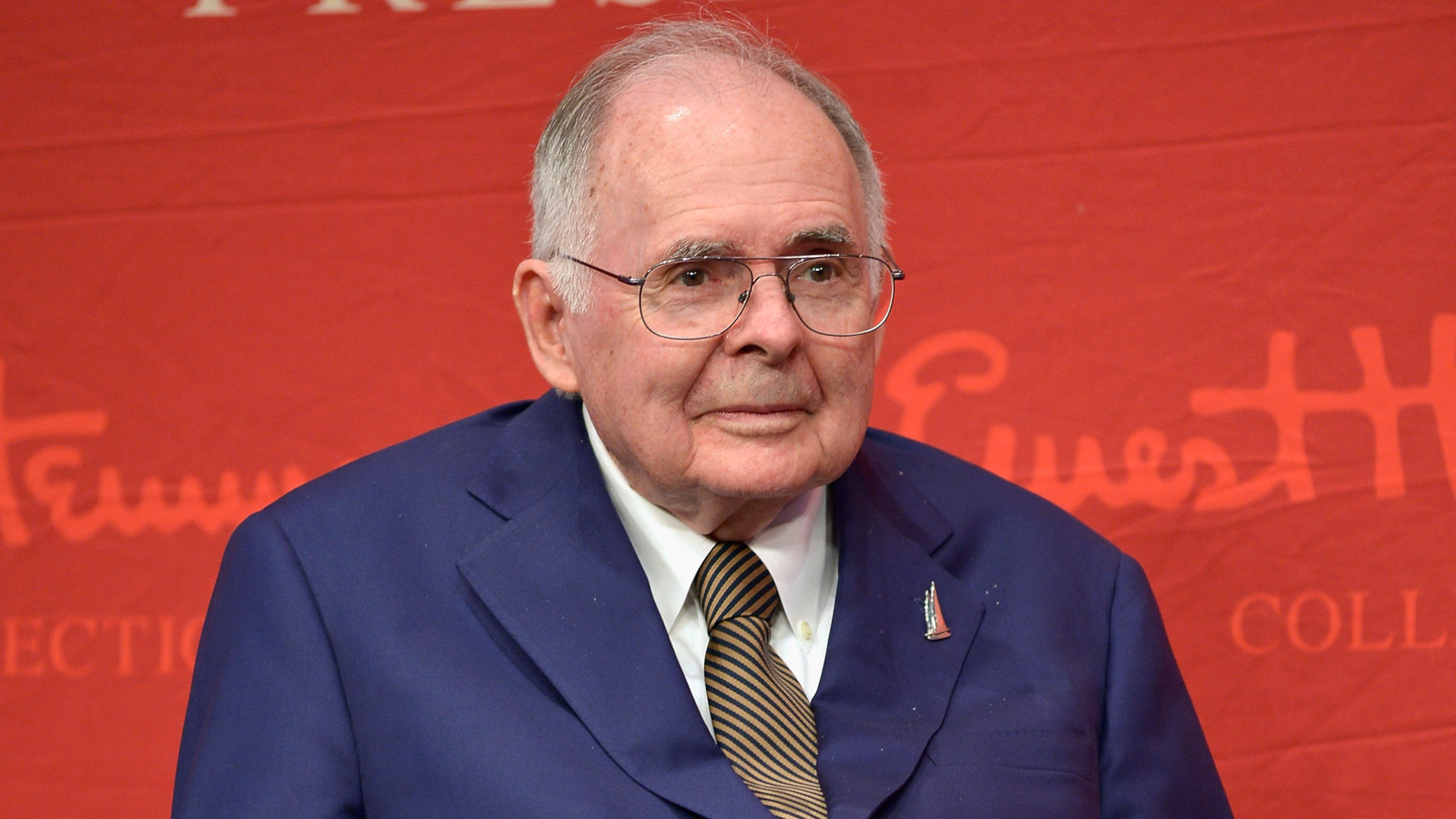 Patrick Hemingway: The Hemingway son who tended to his father’s legacy
Patrick Hemingway: The Hemingway son who tended to his father’s legacyFeature He was comfortable in the shadow of his famous father, Ernest Hemingway
-
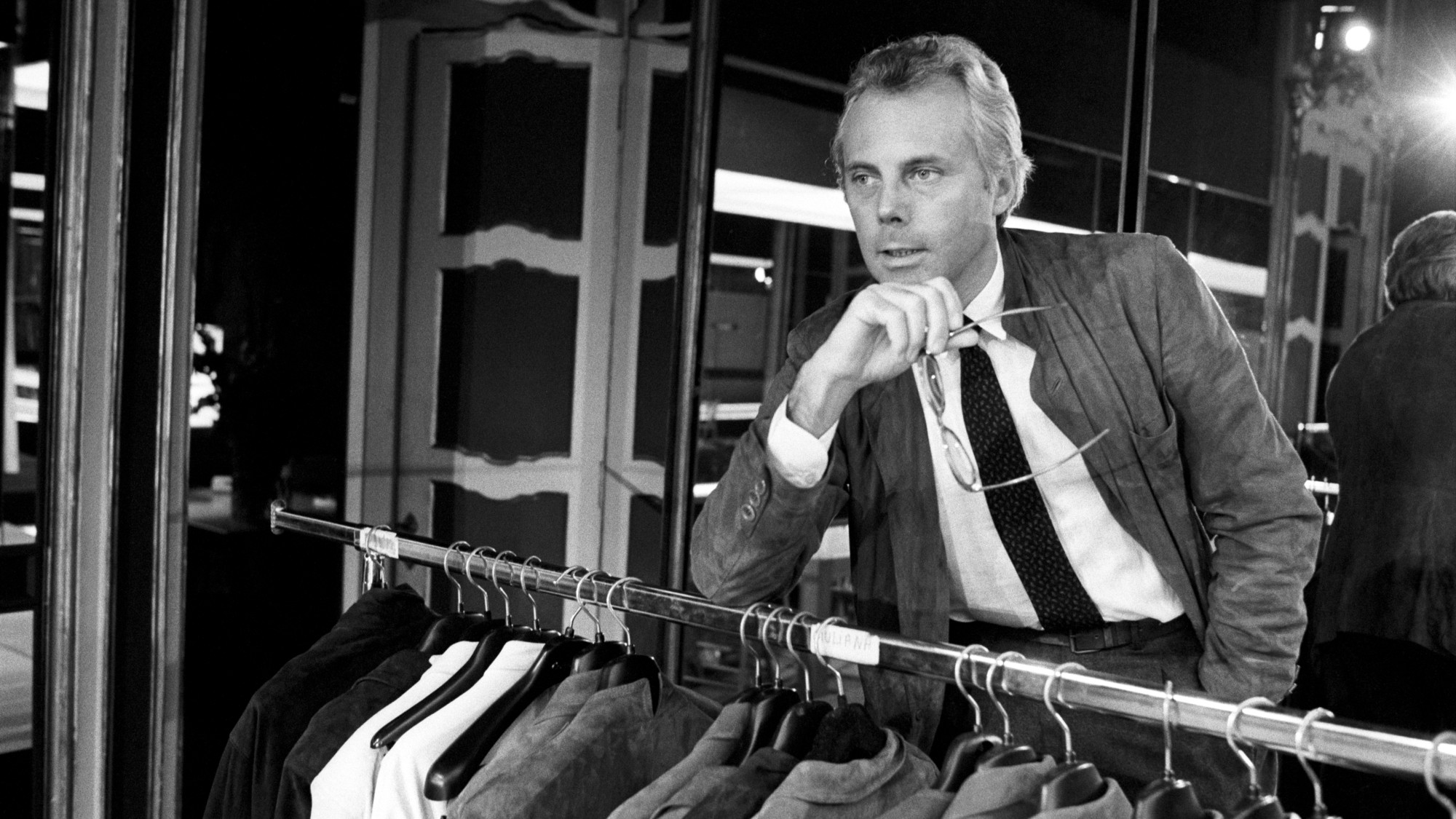 Giorgio Armani obituary: designer revolutionised the business of fashion
Giorgio Armani obituary: designer revolutionised the business of fashionIn the Spotlight ‘King Giorgio’ came from humble beginnings to become a titan of the fashion industry and redefine 20th-century clothing
-
 Ozzy Osbourne obituary: heavy metal wildman and lovable reality TV dad
Ozzy Osbourne obituary: heavy metal wildman and lovable reality TV dadIn the Spotlight For Osbourne, metal was 'not the music of hell but rather the music of Earth, not a fantasy but a survival guide'
-
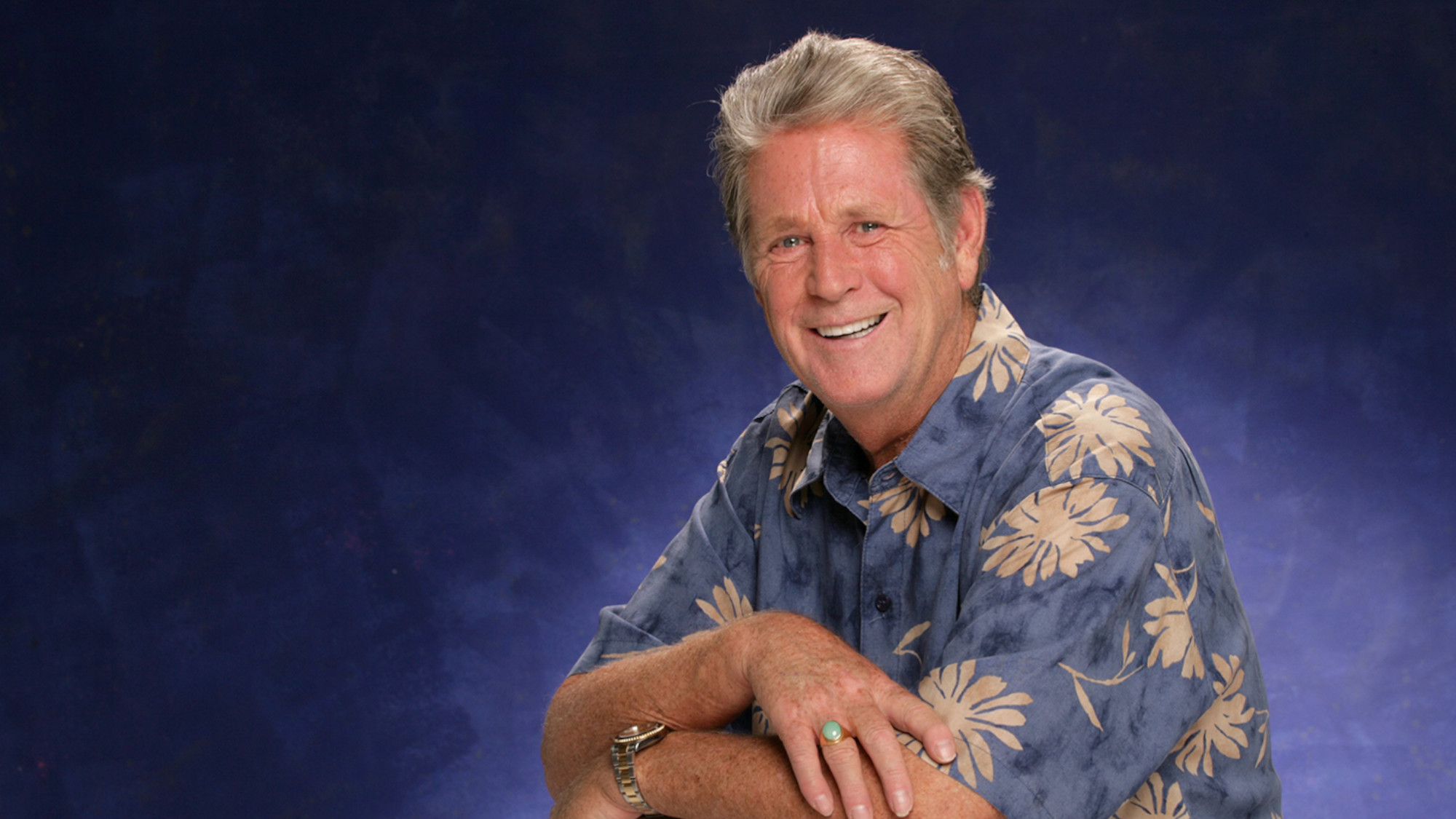 Brian Wilson: the troubled genius who powered the Beach Boys
Brian Wilson: the troubled genius who powered the Beach BoysFeature The musical giant passed away at 82
-
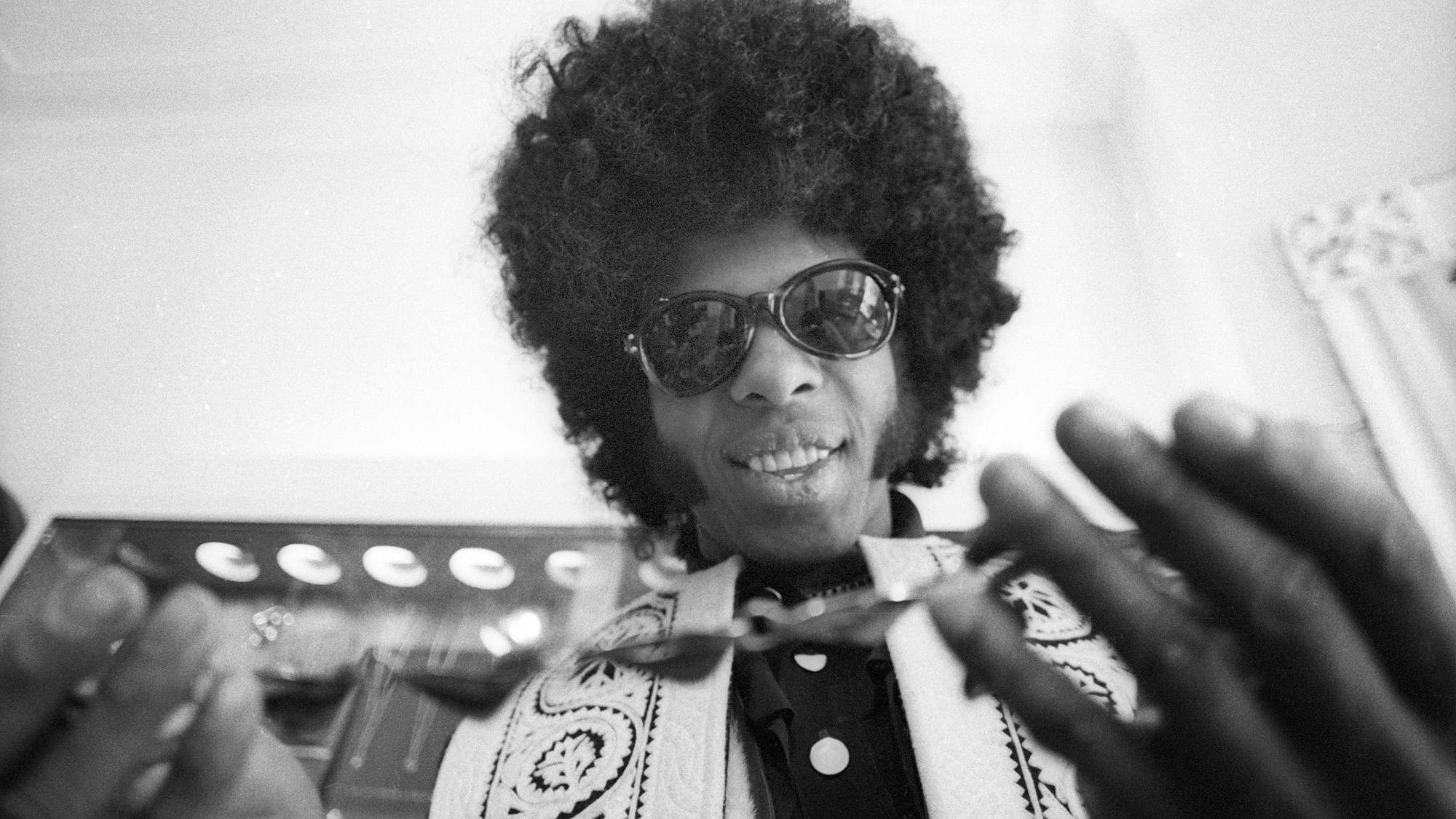 Sly Stone: The funk-rock visionary who became an addict and recluse
Sly Stone: The funk-rock visionary who became an addict and recluseFeature Stone, an eccentric whose songs of uplift were tempered by darker themes of struggle and disillusionment, had a fall as steep as his rise